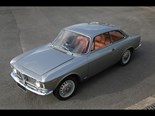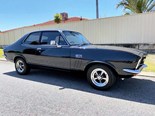Ford Falcon XM/XP: Buyers Guide
 Ford Falcon XM/XP
Ford Falcon XM/XP

 Ford Falcon XM/XP
Ford Falcon XM/XP
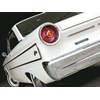
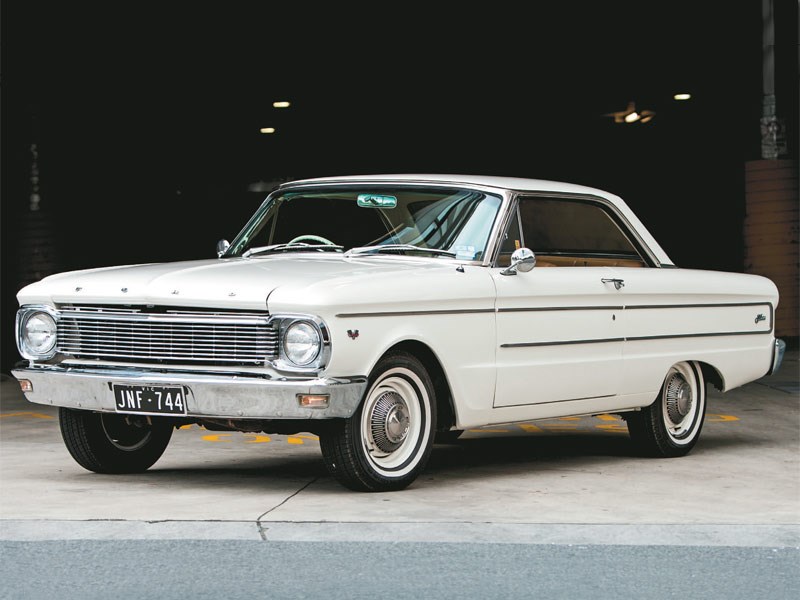 Ford Falcon XM/XP
Ford Falcon XM/XP

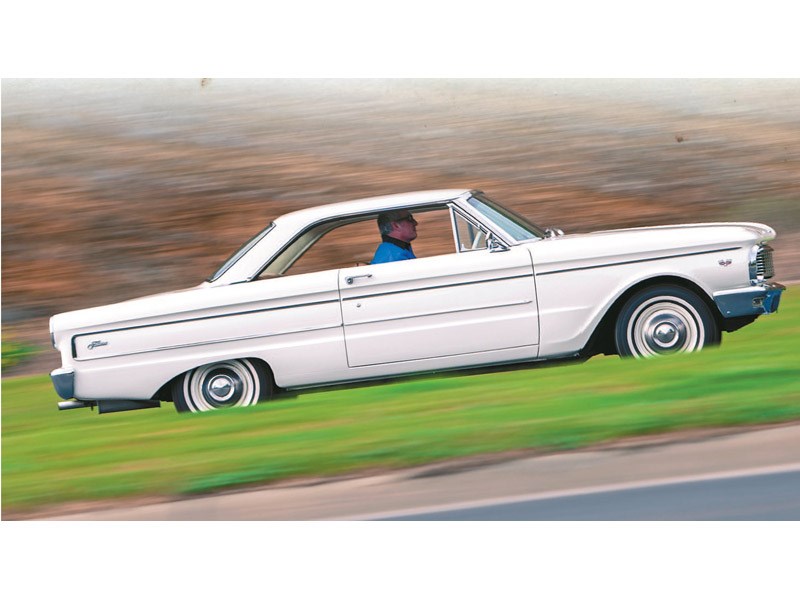 Ford Falcon XM/XP
Ford Falcon XM/XP

 Ford Falcon XM/XP
Ford Falcon XM/XP

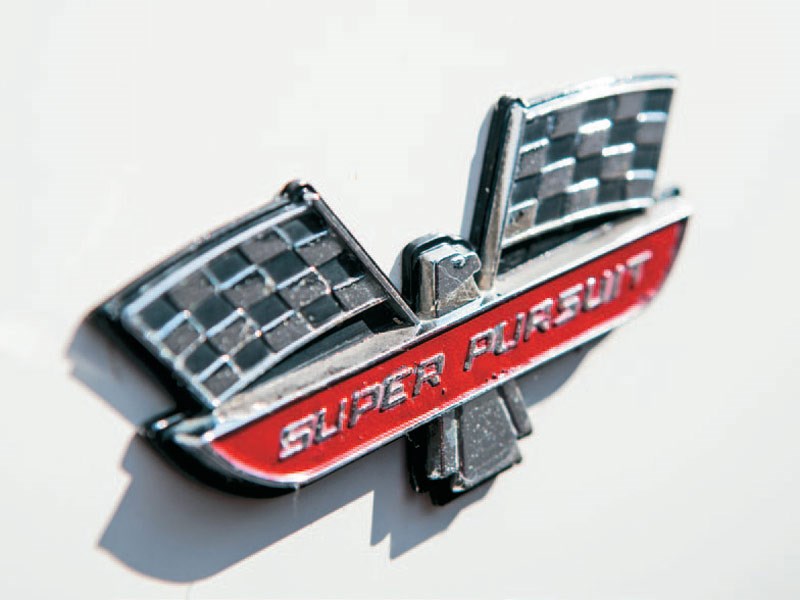 Ford Falcon XM/XP
Ford Falcon XM/XP

 Ford Falcon XM/XP
Ford Falcon XM/XP
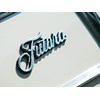
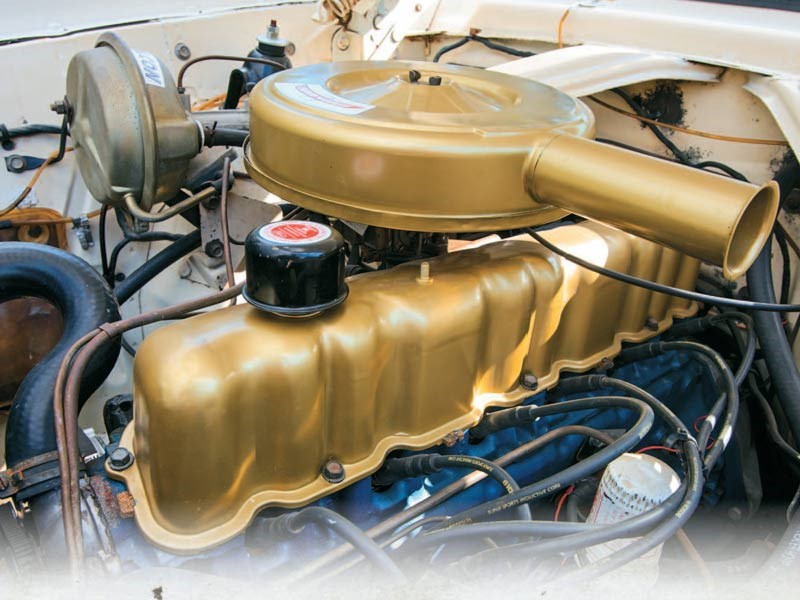 Ford Falcon XM/XP
Ford Falcon XM/XP

 Ford Falcon XM/XP
Ford Falcon XM/XP

 Ford Falcon XM/XP
Ford Falcon XM/XP
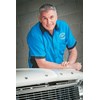

|
|
Ford Falcon XM/XP
|

|
|
Ford Falcon XM/XP
|

|
|
Ford Falcon XM/XP
|

|
|
Ford Falcon XM/XP
|

|
|
Ford Falcon XM/XP
|

|
|
Ford Falcon XM/XP
|

|
|
Ford Falcon XM/XP
|

|
|
Ford Falcon XM/XP
|

|
|
Ford Falcon XM/XP
|

|
|
Ford Falcon XM/XP
|
Ford's glamorous, pillarless Falcon hardtop won hearts with its styling, but buyers generally bought the four-door
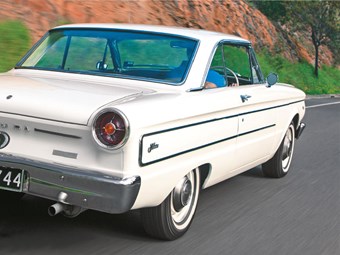
|
|
Buyer's Guide: Ford Falcon XM/XP
|
FORD FALCON XM/XP
Ford's glamorous, pillarless Falcon hardtop won hearts with its styling, but buyers generally bought the four-door Hardtop in June 1964, style for its own sake was rarely an issue for Australian car makers. To be successful, a car needed four doors, six seats and six cylinders. And if the shape happened to be a generation behind the times, too bad.
Borrowed in significant degree from the superseded ’63½ US Falcon Sprint, but remaining slick and modern, the Falcon Hardtop was announced five months after the launch of the main XM range. Finally, Ford had something new and different to entice buyers away from Holden’s incrediblysuccessful EH, which was outselling the Falcon by four-to-one.
However, few people who were attracted to Ford showrooms by the Falcon Hardtop’s glamour actually drove away in one. It is estimated that Hardtops accounted for less than 10 percent of total XM/XP sales.
The entry-level Deluxe 170 manual cost £83 more than the equivalent four-door and, with automatic transmission, was 140kg heavier. Most of the extra weight was devoted to body strengthening to ensure that the pillarless cars came close to matching their sedan counterparts for body rigidity. US-market cars countered the weight penalty by offering an optional 4.2-litre V8, but that was a step too far for Ford Australia and it was left for Chrysler to build Australia’s first V8 ‘family’ car.
A few ‘Sprint’ XM Hardtops with 4.2-litre V8s were built by a private tuning shop in Sydney and sold semi-officially, but that was the closest Ford came to offering a locally-made V8 sedan.
Front and rear Hardtop windows all wound to door level, allowing unimpeded over-the-shoulder vision for drivers and plenty of fresh air for those riding on the broad, flat rear bench.
Deluxe models offered very basic equipment and even a heater/demister cost extra. Dash padding, standard in the Futura, could be added to the Deluxe for £7 and seatbelts were initially options as well. Fourteen single-tone colours, including five metallics, were available across the range.
The flashy Futura was most easily distinguished by ‘turbine’ hubcaps, whitewall tyres and extra body adornment. Carpets, front buckets, and a console helped justify its place as the most expensive Falcon you could buy, though a heater still cost extra. An automatic transmission was optional with the 170 cubic-inch (2.8-litre) engine but mandatory if the Super Pursuit 200 (3.3-litre) was specified. XM Hardtops used a two-speed Fordomatic auto but for the XP range, a three-speed Borg-Warner unit was used. Another major advance, shared with the new Fairmont sedan from late-1965, was
the availability of disc front brakes.
Magazine tests showed minimal initial difference between drum and disc systems – the drums pulling the car up slightly shorter during the first few applications. However, by the time the car had been stopped 11 times in quick succession from 60mph (96km/h), the drums needed more than 90 metres of braking distance while discs still brought a Fairmont sedan to a stop in around 70 metres. To accommodate the brake caliper, wheel diameter increased from 13 to 14 inches, with five-stud fixing for added strength.
Two-door cars featured prominently in Ford’s astonishing 70,000-mile ‘Durability Run’. In this perilous PR exercise, conducted shortly after the XP’s April ’65 release, five new Falcons, including two Hardtops, belted (literally) around Ford’s You Yangs proving ground for eight-and-a-half days to forever banish doubts about the cars’ reliability.
Despite having more dents than a demo-derby competitor after falling off the course innumerable times, all of the XPs finished, and along the way set a string of Australian speed records. These included a 24-hour average speed of 71.05mph (114.3km/h) claimed by a Super Pursuit two-door.
Although Ford in the US could have provided a coupe bodyshell to suit the XR shape, that car came with a central pillar and would have forsaken the XM-XP’s open and airy appeal. The subsequent Falcon range therefore appeared without a two-door version and it remained that way until 1972 when the XA Hardtop was released.
ON THE ROAD
The first thing to consider when driving a Falcon of this age is the difference to handling and response that decent tyres and suspension modifications can make. If total ‘authenticity’ is important and you opt for period-correct crossply tyres, prepare for indirect steering and minimal grip with lots of understeer. Radials, perhaps on wider rims than were fitted originally, combined with some sensible upgrading of springs, dampers, and bushes will make a distinct difference without masking too much of the two-door Ford’s essential character.
A steering wheel the size of the Falcon’s is completely unnecessary in a car with five turns lock-to-lock. Twisty roads will quickly become tiring as you need a complete turn – and sometimes a bit more – to negotiate tight bends.
Towing, or even pushing hard, in an unladen automatic can bring drum brakes to the limits of their endurance. The problem has serious implications in two-speed cars, which can’t be manually shifted into Low if speed has risen beyond 70km/h.
Performance from a manual Deluxe with the 83kW engine will be slightly better than can be expected from either of the automatics. Tests found the manual Deluxe would manage 18.8 seconds for the 0-400 metre sprint, while an XM two-speed auto took 20. The top speed of the bigger-engined car was 152km/h, against 145km/h for the 170 manual.
Fuel consumption when pushing the automatic hard was significantly higher and anyone who decides to really exploit their Futura’s performance is looking at 15.5L/100km. With only a 53-litre fuel tank, that sort of economy translates to a refill every 350 kilometres.
The cabin feels big and airy and the seats provide decent lateral support. Access to the back seat through those long doors is easy but the boot has a high loading lip.
Without doubt the best part of driving an XM-XP Hardtop is the ability to make all four windows disappear and the breeze waft through the cabin. At 70-80km/h, the effect is pleasant but XP owner Darren Welsh confirms that the waft does turn into a willi-willi when speeds get beyond 100km/h.
BUYING
XM-XP Hardtop values have grown at an extraordinary pace during the past decade. Unlike high-performance versions of later Falcons, they also look set to hold onto their significant gains.
In 2002, the average value of a basic two-door sat below $10,000 and only Futuras of extraordinary quality had a hope of approaching $20,000. In the current market, 170 Deluxe automatics in average condition are above $15,000 and those exceptional cars of the early Noughties are now knocking on the door of $40,000.
Engine capacity doesn’t make a huge difference as neither engine delivers any degree of excitement. The three-speed transmission is preferable to either the column manual or two-speed auto.
V8-converted cars are reasonably common and those with well-executed transplants can be worth similar money to authentic six-cylinder cars. Test drive carefully, though, as modifications suited to a former owner’s preferences and driving style may not be attuned to yours.
BUYER'S CHECKLIST
Body & Chassis
Hardtops have become sufficiently valuable to justify the cost of proper body repairs, but be wary of older, poor-quality rust work. Look at the lower sections of mudguards – especially behind the rear wheelarches – sills, boot and cabin floors. Some rust-repair panels, including replacement floorpans, are locally available and parts shared with US Falcons can be imported. Full sets of body rubbers cost around $1500 and good second-hand mudguards have sold for around $100. New reproduction taillights are available but it can be cheaper just to recolour faded lenses using hobby paint.
Engine & Transmission
Virtually everything required to rebuild a tired six-cylinder Falcon engine is available and reasonably cheap. Look for blue exhaust smoke denoting piston ring or cylinder wall wear, chattering tappets or timing chain, coolant leaks and gurgling from a clogged radiator. Fitting a slightly larger carburettor in conjunction with exhaust extractors will deliver a lift in performance and improve fuel economy. The two-speed transmission can be jerky on the 1-2 upchange but if the shift takes longer than a second or is accompanied by vibration, there are transmission problems. Upgrading to the later three-speed auto is less expensive than fixing a two-speed.
Suspension & Brakes
XM/XP suspensions are basic and cheap to fix. The front coils can droop far enough for tyres to foul the wheelarches but are cheaply replaced or upgraded. Creaking when the wheel is turned at low speeds is a sign of worn ball joints which cost about $40 each. Rear spring leaves flatten and also suffer cracking, so be wary of cars that droop at the rear. Replacement brake drums cost around $100 each but parts to undertake a front disc conversion are only $500 and the improvement is worthwhile.
Interior & Electrics
Original-pattern trim can be obtained. So too replacement door trims and hood lining but a full kit of parts will cost $3000-5000 and finding a car with a well-preserved interior will save money. Rubber kits, dash knobs, brand new door handles, window winders and horn rings are available from suppliers of reproduction parts. Make sure that rear window winders haven’t seized due to limited use. Late XPs came with an alternator and owners recommend swapping rather than rebuilding the original generator. Starter motors can jam if worn or the battery isn’t fully charged.
I OWN ONE
Having owned an XP panel van as his first car, it was probably inevitable that Darren Welsh would one day gravitate to the most exotic model in Ford’s XP range.
"Dad bought the van new and when I got my licence it became my car," Darren recalled. "Over the years I have owned a lot of Fords but always wanted a Hardtop and five years ago was lucky enough to find the Futura."
Owned from new by one family, the car had been supplied by now-defunct Centenary Motors with a factory tow bar, steering lock and push-button radio. Apart from radial tyres and a couple of detail changes, it remains completely stock.
The only major rust was behind the rear wheelarches, due to the car having been used to launch a boat, but the former owner had wisely acquired a pair of brand new rear quarter panels which were used in the body restoration undertaken by Lenny Tucker of The Panel Shed.
"Another contact made through my membership of the Early Falcon Car Club of VIC was David Forbes who handled the mechanical restoration and I was able to source correct Palamino seat trim via Super Trim in Coburg, so the car is now as good as new," Darren said.
Search used:
>> Search for a used Ford here
Unique Cars magazine Value Guides
Sell your car for free right here
Get your monthly fix of news, reviews and stories on the greatest cars and minds in the automotive world.
Subscribe

.jpg)









